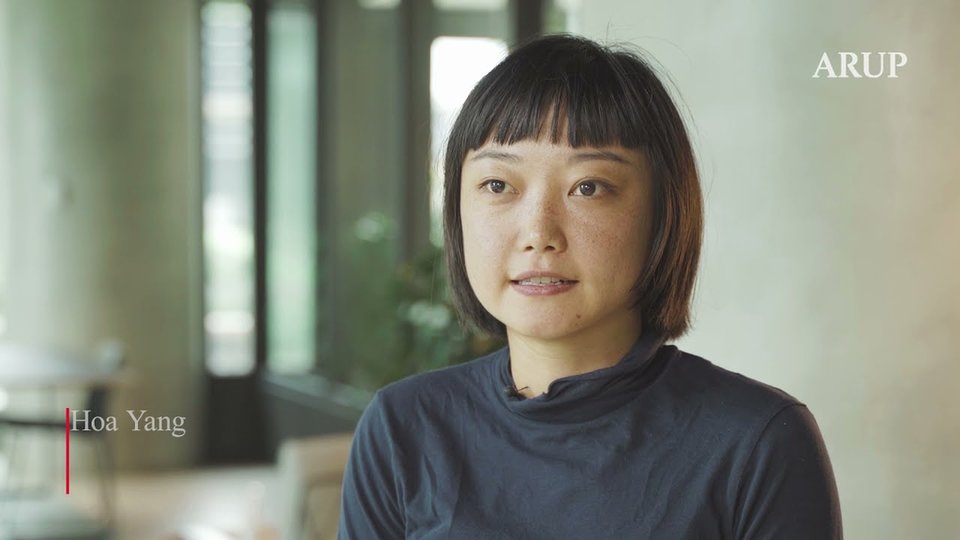Comment
Queering public space: how to design more inclusive towns and cities
Queering Public Spaces, a report by Arup and the University of Westminster released together with a short film by Sophie Bernberg, calls for a new approach to urban design to create public spaces that are inclusive for everyone.
Construction workers have faced a difficult year. The impact on construction output has been hit by lockdowns and social distancing restrictions. In this time, the Office for National Statistics (ONS) recorded the largest fall in output for the sector since records began in January 2010.
Fortunately, construction work has continued since the first lockdown in England and Scotland. But while some workers, such as labourers and site managers, have returned to the workplace, other roles remain in a remote position. Engineers, surveyors, and architects can complete some of their roles at home.
But as the end of the pandemic appears to be in sight, some industry leaders worry that remote working in construction industries may hinder an efficient recovery for the sector. But if all construction employees return to site eventually, how can this be achieved safely?
Remote working in construction
The term ‘public space’ suggests a space for everyone, regardless of age, gender, sexuality, ethnicity, or disability. In reality, public spaces are not equally accessible, safe and inclusive for all people.
Recent research from Galop and Stonewall found that 50% of the British public recognise that LGBTQ+ people change their behaviour in public space to avoid hostile targeting, while trans people avoid certain areas altogether.
Queering Public Spaces, a report by Arup in collaboration with the University of Westminster, explores the relationship between queer communities and public spaces, particularly the question of how urban public spaces can be made safe and inclusive for LGBTQ+ people.
Based on an analysis of design characteristics that can either make a space more inclusive or less inclusive, the report presents a set of recommendations on how diversity can be designed into public spaces to make them more accessible to all marginalised and disempowered groups.
The short film released together with the report presents key findings of the report with comment from the report’s co-author, University of Westminster Professor of History and Policy Pippa Catterall, and expert contributors.
The full report can be found here.
Open BIM enables more informed collaboration, resulting in better quality builds. Credit (all images): Reid Brewin Architectes
Having a piece of software that uses a non-proprietary-based data exchange means the files can be easily shared.
Main image: London’s Soho neighbourhood. Still from the short film Queering Public Spaces.
